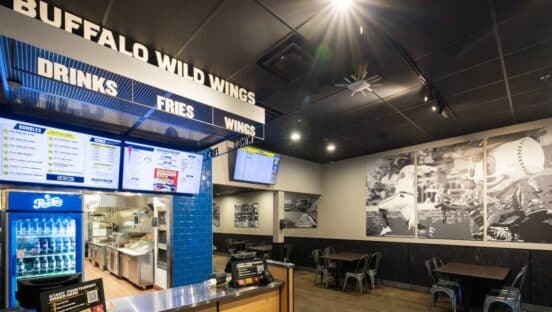The scenario plays out something like this: I am sitting at home on a Sunday evening, talking with my beautiful wife, when suddenly I get inspired. My brain has had the weekend to relax, the caffeine level in my bloodstream is at its weekly low, and I’ve just gotten out of a long shower. It’s the perfect breeding ground for new ideas. In my case, the inspiration starts slowly, like a puzzle coming together, and then bam—it hits me. During the first wave of a new idea, for about a day or two, I am convinced that it is complete, unabashed brilliance. When I get into bed that night, I will not be able to fall asleep; the myriad possibilities and applications for my revelation race through my head. I am going to change the world and cannot wait to start making it happen.
The next day I stop at my boss’s office and begin to share with him my inspiration. His face contorts and his mind begins to think of all the reasons why this will not work. Will we be able to get everyone on board? How much will it cost? Where will the money come from? How can we execute it? Will it increase our operational cost? How will it fit into our organizational structure? Should we write up a new standard operating procedure? Can we get the goods at the right cost? How will that affect our holiday promotions next year?
As he peppers me with questions, I become frustrated. My darling idea is melting into bureaucratic dilution. But even if he thought it was the greatest idea in the history of mankind, he would need to go through this process. It has nothing to do with me, or this idea; it is because he is a square. I, on the other hand, am a circle, and I have learned a lot this past year.
Like every year, 2013 was filled with highs and lows, challenges and triumphs. But nothing had more of an effect on me than the realization that I am a circle and there are many people I work with who don’t see the world from the same perspective as I do. In the world of hospitality, I believe that everyone can be categorized into two groups: marketers and operators, or for our purposes, circles and squares. And the key to creating a flourishing hospitality business is getting these two groups to work together in harmony.
Let’s start by talking about the circles, a.k.a. the marketers. Circles are responsible for driving the revenue side of your business. They are your idea people, your “intrapreneurs” who are constantly thinking of new ways to grow the business. It is their job to think outside the box, come up with new ways for you to drive sales, or solve problems by attracting more customers. For example, let’s say you need a solution to get your restaurant to be busy at lunch when it is traditionally only a dinner spot. Give this question to your circles and they will come up with some creative promotional campaigns to get the job done. Circles see the world filled with possibility and creativity, and are usually risk takers. They struggle when it comes to the day-to-day execution of operations, system implementation, and controlling costs.
Squares, on the other hand, are your operations people. They are responsible for your business’s bottom line, the profit. The circles could be driving record revenue levels, but if your costs are not in line, it won’t matter. The squares are the ones overseeing the day-to-day operations, building systems, setting budgets, and making sure that you can have the exact same Pumpkin Spice Latte at a Starbucks in New York, California, and Mississippi. Squares see the world filled with problems, and lucky for you, they will do whatever it takes to predict every potential problem and have a solution written up as a standard operating procedure. Squares struggle when it comes to sudden change, new ideas, uncertainty, and creativity.
The problem with circles and squares is that they both think they are more important than the other. Squares will tell you that without them, the business would not operate every day and the company would be bankrupt. Circles will tell you that without them the company wouldn’t exist, as there never would have been an idea or risk taken.
The bottom line is that circles and squares need each other. Whether they like or understand each other, neither can flourish without the other’s complementary talents. Therefore, the key to a successful hospitality business and every CEO’s job is to make sure the circles and squares are working well together.
The first step in this process is for each side to recognize that the other one exists to help them succeed. If they can recognize and appreciate their differences, it will immediately drive better results. The next step in the process is to build an organizational structure that gives a voice to circles and squares, empowering each of them in the areas that they flourish. For instance, a circle reporting to a square could create conflict and frustration rather than exposing new and potentially profitable ideas. Finally, the CEO or business owner must balance the power and put it to best use. It is dangerous for either group to have too much influence in an organization, as both functions are vital to a thriving business. Good leadership empowers each group when and where they are best suited to make sure the organizations goals are met.
Our success as hospitality professionals, individuals, and a society is dependent on understanding and appreciating the differences between us. This holiday season, give someone the benefit of the doubt and I promise it will lead to some beautiful inspiration.












